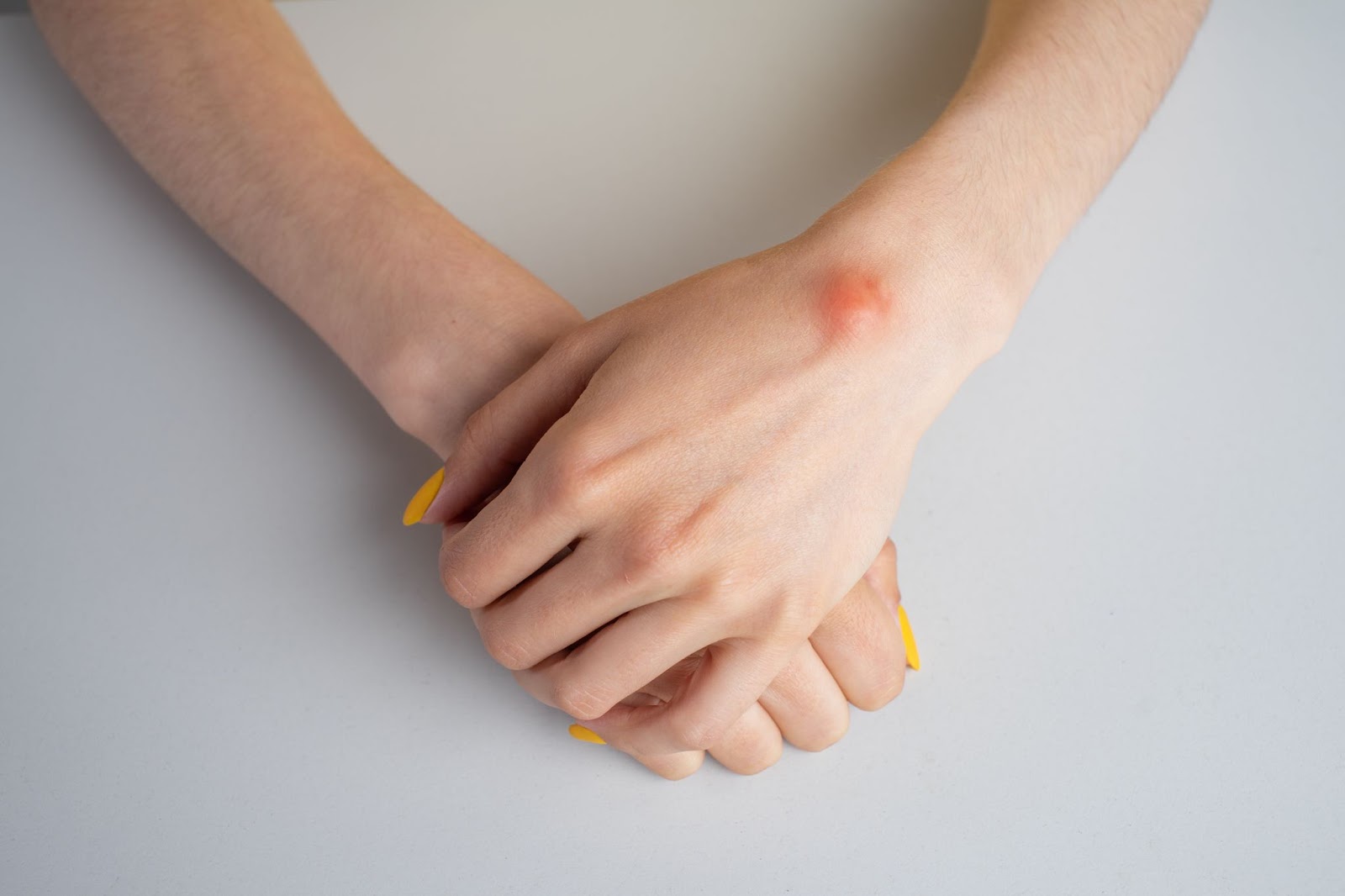

Growths on the skin or just beneath the skin can be caused by a variety of conditions, most types of bumps on the skin are caused by benign or harmless growths. Despite this, they can still cause discomfort and pain from friction, clothing, or getting caught in jewellery.
Among the common types of lumps and bumps found on the skin include:
Although most causes of lumps and bumps on the skin are benign, it is important to know when it may be indicative of a skin cancer lesion, or a lymphoma. Warning signs to look out for include:
Any concerning symptoms should prompt you to visit a healthcare provider. Early detection and treatment of cancer can be life-saving.
Some growths on the skin may resemble one another, and may even look similar to other more serious skin lesions. Hence, it is crucial that you visit a dermatologist for a proper diagnosis and avoid performing any at-home removals. Typically, your dermatologist will perform the following tests to diagnose your condition:
Most of the lumps and bumps on the skin are likely to be benign, and may not require removal or treatment if they are not painful or bothersome. You may want to remove the growths for certain reasons, including for aesthetic purposes. Depending on the type of growth, your dermatologist may use the following procedures for removal or treatment:
Ultimately, your dermatologist will decide which treatment method is the most suitable for your condition. It is important to consult with your doctor and convey your concerns and preference as well.
Skin lumps and bumps may be a cause of discomfort and can negatively impact your self-esteem. Fortunately, removal and treatment of the lesions are widely accessible. However, it is important to perform a proper check and diagnosis before undergoing any removal procedures. Certain benign growths may become cancerous and spread if the wrong treatment is performed.
If you have any doubts or concerns regarding skin lumps and bumps, or if you would like to schedule a consultation session with our dermatologists, reach out to us to book an appointment now.
Can skin growths and lesions go away over time?
These skin lesions are not likely to go away on their own and some growths may slowly grow larger. If you are not particularly bothered by it, they may be left alone. However, it is still recommended to get your lesions checked by a dermatologist to ensure that they are not harmful or malignant.
Can I remove the lumps or bumps on my own?
It is not recommended to perform removals on your own. Common risks and complications of at-home removals include infections, scarring, incomplete removal, and recurrence of the growth.
When should I see a dermatologist?
Ideally, you should visit the dermatologist any time you have any concerns of lumpy growth on or under the skin. Furthermore, if the lesion starts to become bothersome or painful, you should visit a dermatologist to discuss treatment options.
it is best to get it checked if you experience the following:
How long does it take to recover from a removal procedure?
Recovery from a removal procedure varies according to the procedure performed, as well as the size of the lump or bump removed. Minimally invasive procedures may take less time to recover fully (2 to 4 weeks), while more invasive procedures such as surgical excision for large growths may take up to 8 weeks to fully recover.
Is a skin growth removal procedure covered by MediSave or insurance?
MediSave can be used to cover expenses for skin growth removal procedures. However, it highly depends on the procedure being performed. In most cases, MediSave can be used to cover medically necessary procedures, such as for growths that are causing serious discomfort/disabling you from performing daily activities, or at risk of malignant transformation.
Typically, removal for aesthetic reasons may not be covered, as they may not be considered medically necessary. Our clinic staff is equipped to provide financial guidance, helping you understand what treatments are claimable and what falls under out-of-pocket expenses.
Whether you’re dealing with a specific skin concern or seeking to enhance your natural beauty, Livingstone Dermatology is here to guide you on your journey to healthy, radiant skin.
Schedule an appointment today and experience the Livingstone standard of care in a welcoming, professional environment.